Features of hemp ropes

Hemp rope is one of the most common rope products made from natural raw materials. It is made from the fibers of the stem part of industrial hemp. Hemp rope has found wide application in various fields of human activity.
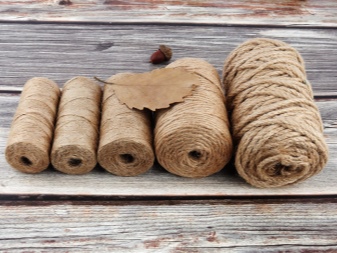
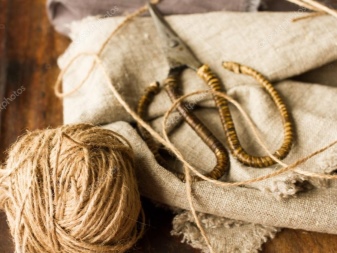
What is it and what is it made of?
Hemp fibers have been known to mankind for a long time. They are used to make moderately soft but strong hemp rope, as well as ropes with high tensile and tear strength. The material has an increased coefficient of friction, which is why it is widely used in maritime business, where knots are knitted from hemp. By nature, the fibers are coarse, in order to soften them, they use boiling, washing and lubrication in production. Hemp fiber is one of the most durable. Other benefits of hemp ropes include:
-
resistance to the adverse effects of ultraviolet radiation;
-
in contact with water, the rope does not lose its strength characteristics;
-
hemp does not generate static electricity;
-
the product is absolutely environmentally friendly and safe for humans and the environment.
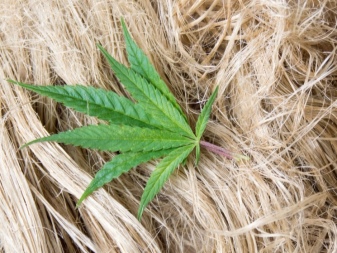
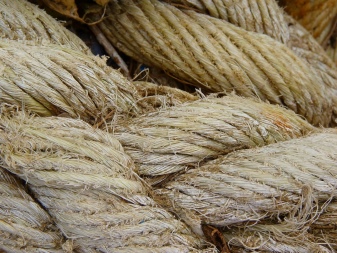
Due to the high concentration of lignin in the fibers, increased strength of the material is ensured.
However, hemp rope also has its drawbacks, namely:
-
predisposition to decay;
-
increased hygroscopicity;
-
when the rope gets wet, the breaking load parameter sharply decreases.
However, these disadvantages do not prevent the hemp rope from being used for packing goods and performing rigging work. Hemp twine is widespread in horticultural practice; neither sea nor river shipping can do without hemp fiber ropes.

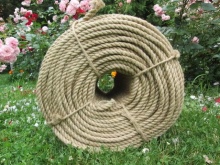
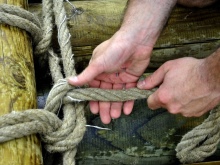
What are they?
Rope and rope products made from hemp include ropes, cords, twines, twines and ropes. There is no official definition for each of them, but in established practice they are distinguished by the thickness of the product. Let's look at a few examples.
Rope usually called products with a diameter of up to 3 mm, in some cases - up to 5 mm.
Under a cord, twine and twine understand a product thicker than 3 mm.
Rope - a thicker model, its diameter varies from 10 to 96 mm, the most common models are 12, 16 and 20 mm thick.
One of the varieties of hemp ropes is jute. It is also made from hemp, but of a different kind. Hemp became widespread in the West, jute is more often used in Eastern and Asian countries.

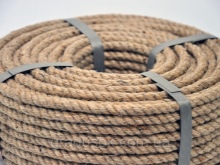

The mechanical characteristics of both options are similar, but the jute rope is slightly lighter, softer and fluffier. In addition, jute does not have the typical odor. Before use, hemp must be impregnated with special preservative oils or fungicidal compounds, especially if it is planned to use it in difficult natural conditions. For example, if a hemp rope is purchased for the needs of shipbuilding, then it should be protected from rot in water - for this it is soaked in resins or oils. Jute is more resistant to biological contamination, it does not need additional processing.
If you have two ropes in front of you, you can easily determine which of them is jute and which is hemp with a little dough. You just need to untwist the ends of the ropes and slightly loosen them with your fingers.Jute fibers unwind and loosen much faster, but they are less elastic than hemp fibers.
Nevertheless, both of these materials are widely used in industry, construction and interior design.

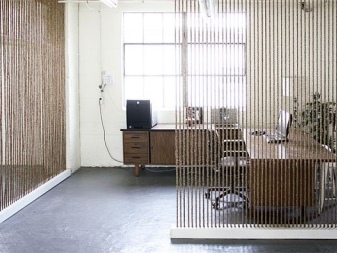
Comparison with linen ropes
Hemp and flax ropes are very similar. They are even outwardly similar - they are united by silkiness and warm color, only each of them has a specific shade. Both products are made from technical fibers of natural origin, during the production process they are soaked and then dried. The prepared fibers are cleaned of fires and other imperfections, then combed out, leveled, divided into strands and twisted. Finished products can have a different number of cores - their thickness and strength depend on this.
Since the ropes contain exclusively natural fibers, the technical characteristics of hemp and linen ropes directly depend on the characteristics of the composition of hemp and flax. Both plants are characterized by a high concentration of cellulose - its content exceeds 70%, so the fibers withstand increased tensile stress.
There are also differences. Hemp contains a lot of lignin - this is a polymer that accumulates in plant cells and increases their ability to absorb and release moisture.

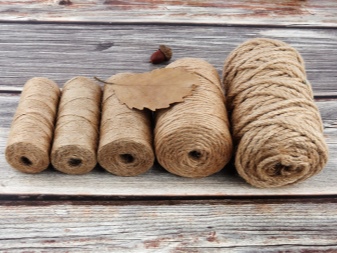
In flax fibers, this substance is also present, but in a lower concentration. Accordingly, the hygroscopicity of linen ropes is much lower. Besides, lignin makes hemp rope more durable, although it makes the hemp microfibers more brittle and stiff.
Linen has a high content of wax and pectin, so linen ropes are more elastic, soft and flexible, but less durable than hemp ropes.
These features make the difference in the use of both ropes. Hemp is in demand in aviation and machine building, as well as when moving bulky goods. Linen is suitable for interior decoration and caulking of crowns.
You can distinguish one rope from another by its shade. Jute is more golden and rich, linseed has a noble ash tint.
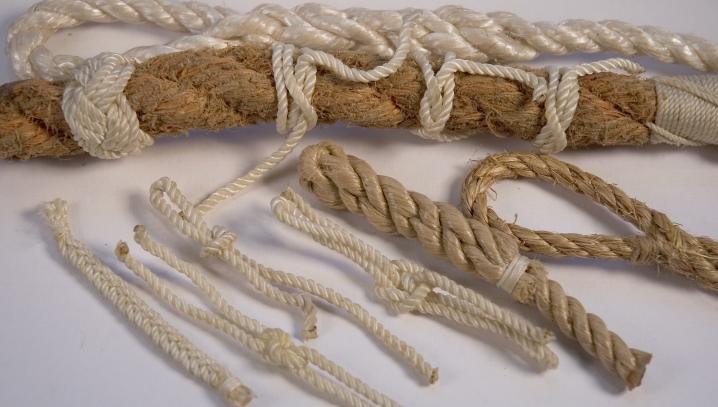
Where are they used?
A wide range of hemp ropes allows you to meet the needs of construction companies, transport organizations and industrial enterprises. Cargo slings are made of ropes, they are suitable for rigging. In the oil and gas industry, ropes are used to complement percussion drilling rigs and to make a mounted baler.
Hemp fibers are widely used in navigation - it is the only natural material that does not lose its performance in contact with sea water. Hemp rope is widely used to create fire hoses; fishing nets are often woven from it.


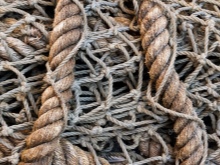
Hemp rope is often used for interior decoration; it is especially popular in eco-style wooden houses.
Hemp rope is used to decorate the walls of plank houses. They are firmly fixed at the inter-crown joint, masking all its shortcomings if the insulation material is inaccurately laid in the groove. Another advantage of using hemp is that the rope prevents the birds from pulling out the insulating materials, as is often the case with tow.
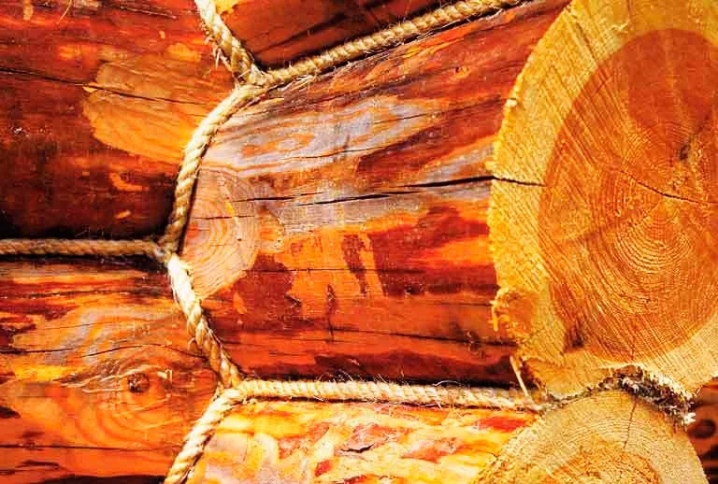













The comment was sent successfully.